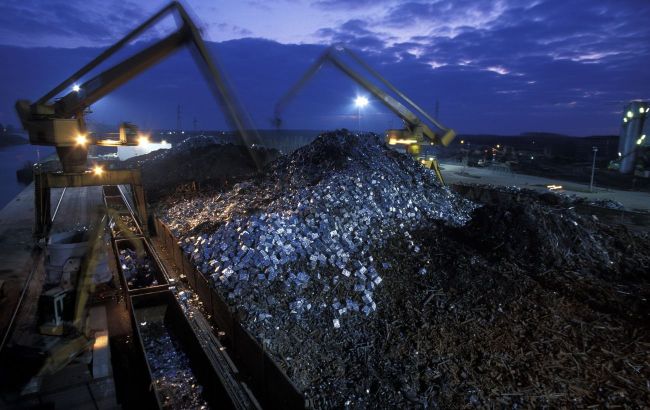Imports of metallurgical products from RF to EU dropped by 40% over past year
 Photo: Over the past year, the EU reduced imports of metallurgical products from Russia by almost 40% (Getty Images)
Photo: Over the past year, the EU reduced imports of metallurgical products from Russia by almost 40% (Getty Images)
The European Union has reduced its import of mining and metallurgical complex (MMC) products from Russia by 39.5%, compared to 2023, down to 4.8 million tons, reports GMK Center.
Spending on the import of Russian products has decreased by 38.5%, totaling 2.4 billion euros.
The majority of the imports consist of semi-finished products, accounting for 69.4% of the total volume. In 2023, the EU imported 3.11 million tons from Russia, a 16.6% decrease compared to the previous year. Belgium received the highest volume of semi-finished product imports, amounting to 1.22 million tons, reflecting a decrease of 16.8%.
Iron ore supply from Russia to the EU in 2023 amounted to 332.3 thousand tons, an 88.2% reduction compared to 2022. The majority of this raw material was shipped to Slovakia, totaling 185.94 thousand tons (a 66% decrease). Imports of ferroalloys amounted to 46.1 thousand tons (a 63.9% decrease), pig iron reached 1.4 million tons (a 20.1% increase), and scrap metal imports were 35.1 thousand tons (a 95.3% decrease).
Additionally, Eurostat identified the main consumers of Russian mining and metallurgical complex (MMC) products in 2023:
- Cast Iron: Italy - 1.18 million tons (+22.1%);
- Ferroalloys: Netherlands - 34.5 thousand tons (-67.5%);
- Scrap: Lithuania - 31.35 thousand tons (+84%).
As such, despite sanctions against Russia, the mining and metallurgical complex of the Russian Federation continues to successfully export its products to European Union countries. While the export volumes have decreased compared to 2022 when they amounted to 7.92 million tons totaling 3.87 billion euros, the shipments remain at a high level.
It is worth noting that the European Union and the G7 have imposed a ban on the import of Russian diamonds from third countries. The first stage of these sanctions began on Friday, March 1.
The ban on the direct import of diamonds from Russia was introduced on January 1. However, the indirect ban will be phased in over six months starting from March.
Now, untreated diamonds and diamonds must only enter the EU and G7 countries with documentary confirmation that they were not extracted in Russia. From September 1 of this year, the introduction of a mechanism to trace the origin of diamonds is planned.

